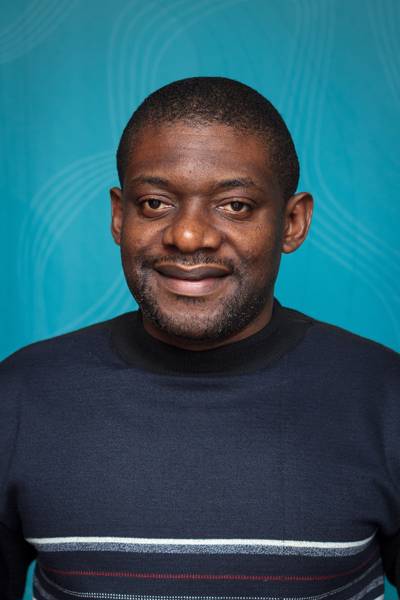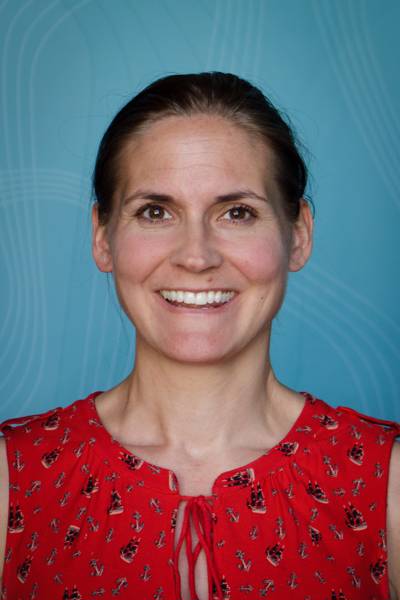The Sustainable Development Goals have spurred a growing interest in and focus on equitable development. In theory, donors can play an important role in promoting equity within a country by providing services, influencing government policies and incorporating equity into decision-making. However, we know little about whether this actually happens on the ground. We conduct what we believe is the first study to explore the extent to which equity is prioritised in the allocation and distribution of aid, based on in-depth interviews with government officials, bilateral and international donors, and implementing partners operating in Northern Uganda. We find that a broad category of people are perceived to be marginalised/vulnerable, with a substantial segment largely untargeted by major donor programmes. Various stakeholders employ a wide range of strategies to identify the most vulnerable individuals and groups, including the use of available data and statistics, consultation and engagement with relevant stakeholders, and undertaking primary data collection. The strategies used to incorporate equity in aid allocation and distribution include: targeting the regions of Northern Uganda and Karamoja in particular, targeting both refugees and host populations in refugee-hosting districts, prioritising the critically vulnerable in any aid distribution process, and using specific tools and consultants to ensure that major equity issues are addressed in proposals. Challenges undermining the process include poor understanding of the concept of equity among some implementing partners, lack of comprehensively disaggregated data, corruption, and political interference in choice of aid location from government officials and donors.
Chi, Primus Che; Patience Bulage & Gudrun Østby (2020) Equity in aid allocation and distribution: A qualitative study of key stakeholders in Northern Uganda, PLoS ONE. DOI: 10.1371/journal.pone.0226612.









